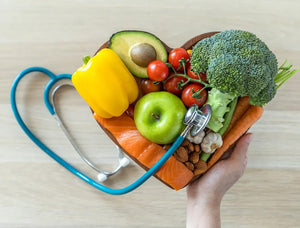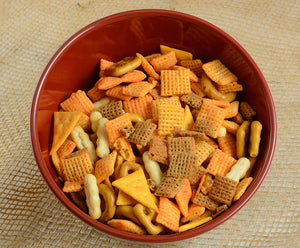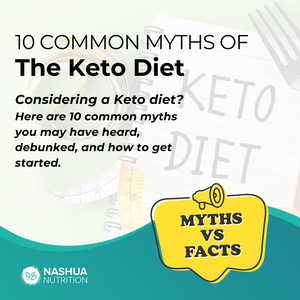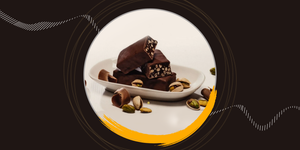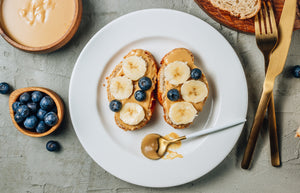Trying the Keto Diet? Here’s What You Need to Know

The keto diet has become increasingly popular, and for good reason! Studies have shown that the ketogenic diet helps shed pounds and reduce body fat. If you're trying to lose weight or just want to maintain your current weight, it's worth a try. But there are some aspects of the keto lifestyle that you should know first. We’ll share the basics of following a keto diet, what keto-friendly foods look like, what foods to avoid, and some sample meals to get you started.
What is ketosis?
Ketones are produced in the liver during periods of fasting or when there is an absence of carbohydrate-containing food. The body breaks down stored fat and uses it as energy, creating ketone bodies that serve as a source for cellular energy production and powers your brain cells. When this happens, you enter into a state called "ketosis" — AKA a metabolic state where more fatty acids are broken down than carbs because they're limited by available glucose from blood sugar. This state of ketosis can happen after about three days of limiting carbohydrates from your diet.
What You Should Eat
What you eat is super important on the keto diet, and it's even more important to make sure you're eating enough fat so that your body can function properly. If you’re looking to lose weight, it may seem counterintuitive to eat more fat, but with the goal to eat high quality protein and less carbs, you can not only lose weight, but also improve your overall health. Now that’s a win-win! As a general rule, you should aim for 70% of your calories come from fat, less than 20% protein, and about 10% carbs.1
First and foremost, you’ll want to focus on high-fat, nutrient rich foods. This could include things like eggs, bacon, ham, sausage, cheese, spinach, cauliflower, grass-fed beef, nuts, and healthy fats like avocado and olive oil.
You’ll want to incorporate fruits that are lower in sugar such as blackberries, blueberries, raspberries, strawberries, olives, avocados, and tomatoes.
Like anything, you’ll also want to stay hydrated with lots of water. But, you can also incorporate coffee and tea which are nearly calorie and carb-free. Plus, with the caffeine, you can give your metabolism a little boost.
What You Should Avoid on Keto
It's important to limit carbs, sugar, or starches while on keto. The way to do this is by sticking with high-fat foods and avoid high-carb or processed stuff like breads, pastries, pasta and chips.
You should watch out for hidden sugars in your diet - this means cutting down drinks which have added sweeteners (this includes fruit juices) as well as avoiding simple carbohydrates such as white rice.
Like any diet, you’ll want to ensure you’re still getting the necessary nutrients. While fruits and vegetables are an important part of your nutritional intake – you’ll want to avoid ones that are high in sugar and starch such as oranges, pineapples, bananas, potatoes, and corn.
Sample Meals
We know it can be a little difficult and maybe even confusing to start (and stick to) any new diet. So, we’ve compiled some sample meals to get you started.
For breakfast, fry a couple eggs in some coconut oil with a side of bacon and sautéed spinach. For lunch or dinner, try some grilled grass-fed beef, cauliflower sautéed in avocado oil, and a side of sliced avocado.
While there are lots of high fat, low cab fruit and vegetable options to have as a snack , you might also want something that you can just grab while on the go. That’s where a yummy protein bar can come in handy! Check out some of the most popular ones. We also offer lots of other keto-friendly product
If you’re looking for more tips on the do’s and don’ts of a keto diet, check out our blog here or join our email list to get the latest info and special offers.
- Tags: Keto diet
- Nashua Nutrition

